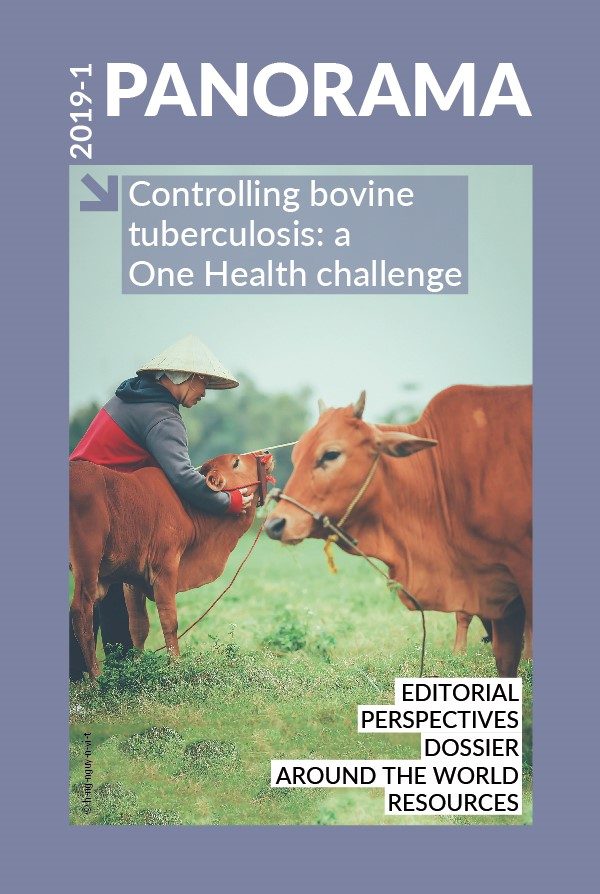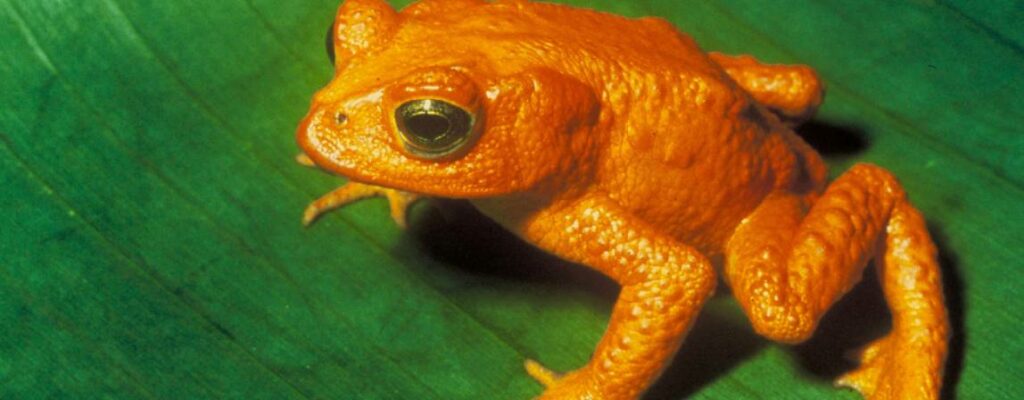Dossier Posted on 2019-04-30 18:54:12
Historical data on animal disease outbreaks
The contribution made by the OIE archives
Keywords
Authors
Aline Rousier(1)* & François Ntsama(2)
(1) Head of the Documentation Cell, World Organisation for Animal Health (OIE).
(2) Chargé de mission, World Animal Health Information and Analysis Department, World Organisation for Animal Health (OIE).
* Corresponding author: a.rousier@oie.int
One of the main missions of the OIE, as stated in its Organic Statutes [1], is to collect information from its Member Countries on the presence and distribution of animal diseases and the methods used to control them, the purpose being to avoid the spread of epizootic diseases at the international level.
The original list of nine diseases notifiable to the OIE has expanded considerably over the years to reflect developments in the world animal health situation. Two major changes that have taken place are that two lists – a list of 16 diseases justifying monthly reporting (List A) and a list of 40 diseases to be reported on annually (List B) – were adopted in May 1964 [2] before being combined into a single list in May 2004 [3]. In 2019, the OIE list includes 117 terrestrial and aquatic animal diseases selected according to criteria specified in the Terrestrial Animal Health Code and the Aquatic Animal Health Code, respectively.
Over time, the procedures related to notifying diseases and implementing control measures came to be refined and harmonised.
OIE archives accessible in various media
Historically, the OIE’s publications relating to notifications of animal diseases consisted of the following (Fig. 1):
- the OIE Bulletin, created in 1927, which, up to 1988, published information that included notifications of outbreaks and the annual reports of the Veterinary Services of Member Countries and non-members;
- a weekly publication, during the period 1988–2006 (Disease Information), containing the notifications received from countries;
- the compilations of Annual statistics and the animal health situation in Member Countries, which, from 1949, summarised outbreaks by year, disease and country, were superseded in 1985 by a single annual publication, World Animal Health (since 2015 in digital format only).

Since the beginning of the 1980s [4], the OIE has been operating an international animal disease reporting system (animal health information system), which has been progressively standardised and computerised. The data collected since 1996 are available online in World Animal Health, HandiStatus II (1996–2004), WAHIS (since 2005) and soon in its modernised version (OIE-WAHIS), due to be launched during 2019.
The example of bovine tuberculosis
Bovine tuberculosis was added to List B in 1968. However, a policy on the subject had started to take shape in the form of a Recommendation adopted by the International Committee of the OIE in May 1948 [5] and restated in 1950 and 1954. Since 2005, information on bovine tuberculosis has been collected on a six-monthly and annual basis, within the framework of the ‘monitoring system’ component of the OIE World Animal Health Information System, and can be reported in an immediate notification and subsequent follow-up reports within the framework of the ‘early warning system’ component.
For information prior to 1968, the Bulletin contains reports from Delegates on the statistically based results of the first control measures taken by developed countries at the start of the 20th century, including successful eradication campaigns in Nordic countries [6, 7], but it also sheds light on the progress made in fighting bovine tuberculosis worldwide [8] during the 20th century.
In 2017, the OIE, FAO and WHO joined together to launch the first Roadmap for zoonotic tuberculosis [9], based on a One Health approach. One of the priorities of this roadmap is to improve the scientific evidence base by collecting and presenting more complete and accurate data from human and animal populations.
http://dx.doi.org/10.20506/bull.2019.1.2913
References
- World Organisation for Animal Health (OIE). – Appendix: Organic statutes of the Office International des Epizooties. In International agreement for the creation of an Office International des Epizooties in Paris.
- Vittoz R. (1964). – Report of the Director on the Scientific and Technical Activities of the Office International des Epizooties from May 1963 to May 1964. OIE Bulletin, LXII (1), 1568–1575.
- World Organisation for Animal Health (OIE) (2004). – Resolution no. XXXI. Date for the implementation of the OIE single list of animal diseases and the new notification system. 72nd General Session of the OIE.
- Chillaud T. (1985). – Le système d’information sanitaire de l’Office international des épizooties. Épidémiol. santé anim., 8, 67–75.
- World Organisation for Animal Health (OIE) (1948). – Résolution n° II. Lutte contre la tuberculose. OIE Bulletin, XXX, 432–433.
- Magnusson H. (1946). – Les progrès dans la lutte contre la tuberculose en Suède. OIE Bulletin, XXVI:112–14.
- Stenius R. (1955). – La prophylaxie de la tuberculose bovine en Finlande. OIE Bulletin, XLIII (3–4), 386–403.
- Vittoz R. (1963). – Report of the Director on the Scientific and Technical Activities of the Office International des Epizooties from May 1962 to May 1963. OIE Bulletin, LX (1), 1255–1261.
- World Health Organization (WHO), World Organisation for Animal Health (OIE) & Food and Agriculture Organization of the United Nations (FAO) (2017). – Roadmap for Zoonotic Tuberculosis.










